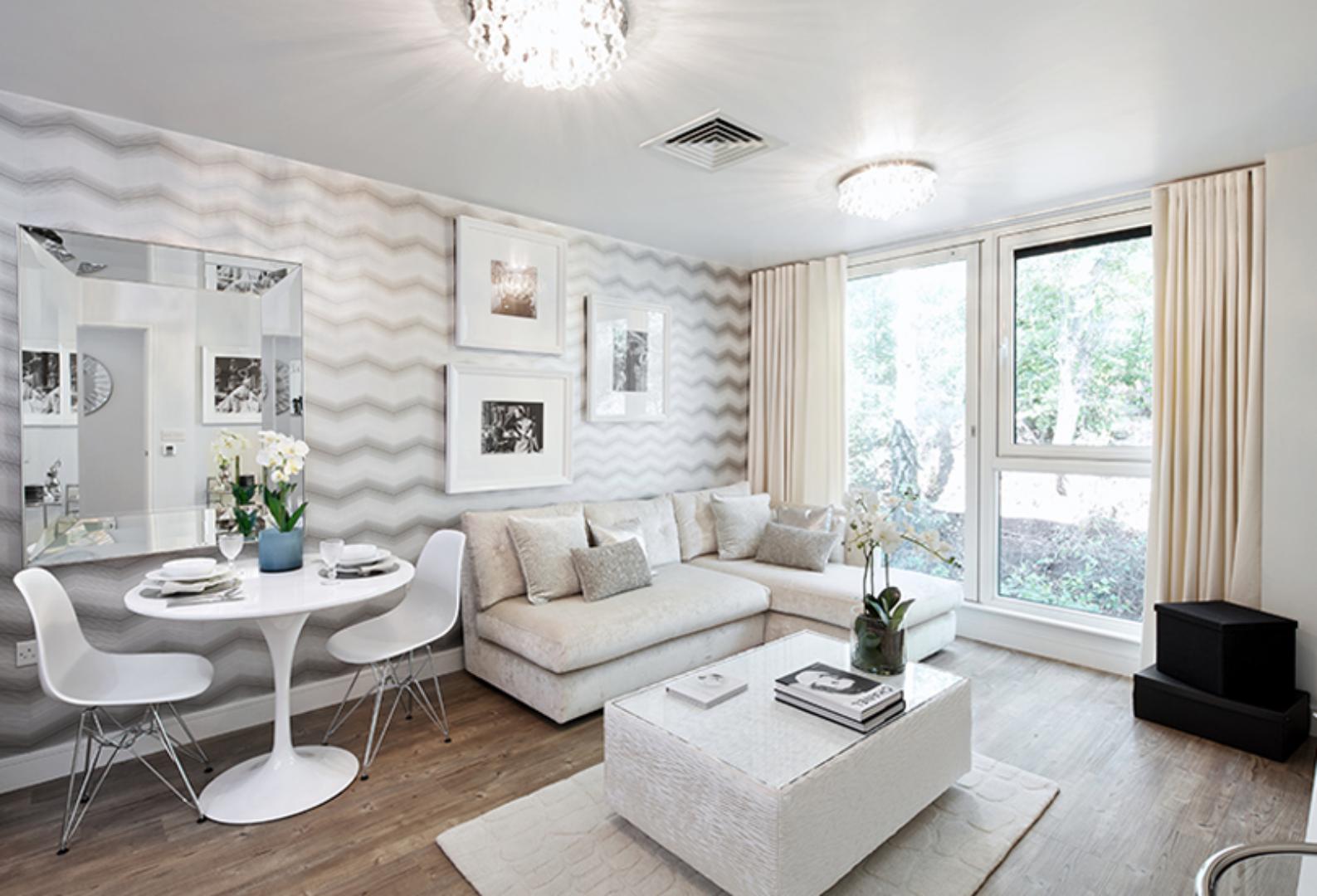
Many people are influenced by magazines and fashion trends when choosing their flooring. They sometimes do not consider the demands of a busy house. Many fashionable products may not live up to lifespan expected by the consumer in certain areas especially when compared to a previous more traditional style of flooring.
WHEN SELECTING A FLOOR COVERING IT IS IMPORTANT YOU CONSIDER THE FOLLOWING:
Floorings can be affected by the environment, e.g. - gravel, rough external surfaces, which can get caught in shoes and when brought into the house mark the floors.
Can add to wear and tear on all floor coverings e.g. pushchairs or bicycles in a hall bring water from outside and this can be harmful to certain floorings.
In some areas such as areas with large roof windows, rooms with very large windows can be affected by the sun, cold followed by rain can cause condensation, and this can cause wood or vinyl to expand or contract resulting in gaps between tiles or boards. Special adhesives can reduce the risk of shrinkage on vinyl floorings.
In wet areas e.g. bathrooms, kitchens and utility areas are liable to condensation and this can affect wooden and carpeted floorings.
Especially through large areas of glass on south facing walls can be harmful to many types of floor coverings. Blinds can reduce the amount of sunlight coming through.
All smooth floor coverings require an even surface before the materials are laid, e.g. sheet vinyl cannot be fitted direct to sub-floors without either hardboard, plywood or latex compound being installed first.
Carpets are produced in batches. Whilst the recipe used by the dyer remains constant, in each separate production the colour reproduction will vary from batch to batch. Production is matched to the original sample to ensure the colour remains within commercial tolerance. The process is exact and a commercial tolerance is subjective, nevertheless usually the professional judgement of the head dyer based on their experience. The greater level of tolerance on blended colours. To ensure perfect colour matching it is advisable that a single width be used in any installation requiring an exact colour match. Carpets laid with the pile going in different directions although from the same batch will appear not to match.
Cut pile carpets will lose short fibre, which is created during manufacture, where the spun pile is cut for tuft formation. The fibres fall onto the surface of the pile and appear as fluff. This effect varies with yarn type and can be removed without detrimental effect upon the carpet by a vacuum cleaner. The fibre is only a fraction of the fibre contained in the carpet.
Pulled loops occur only in loop carpet where one or more loops in the continuous pile is pulled through the primary backing of the carpet. This is mostly due to some local condition, sharp object, which has caught in a loop and as a result it pulls. Pets are usually the cause of this. Pulled loops are easily dealt with by trimming the offending end level with the rest of the pile. If left a ladder may develop.
Occasionally an odd tuft can work its way to the surface and stand proud of the rest of the pile. This is probably due to one end of the tuft being longer than the other. The tuft should be trimmed and never pulled out.
This occurs because the pile of the carpet has become crushed or flattened, it is more noticeable on plainer carpets than those with a heavy pattern.
Carpets do not produce static but has the capacity to store it. Prevention measures include introducing moisture into the room.
Carpets made from wool can fade in use. The degree of fading varies depending on the colour selected and conditions to which the carpet is subjected. Facing can be caused by exposure to daylight but is accelerated with exposure to sunlight. Protection should be given as you would to furniture etc.
Like shading this occurs when the pile of the carpet changes and thus reflects light at different angles, show the effects of shading which can become permanent. This can happen to various sorts of carpet. Like shading it can be more noticeable in plain carpets. There is no common cause or cure for this and therefore is not a manufacturing fault.
When carpet is subject to heavy loads, i.e. under the legs of furniture, it is unreasonable to expect the carpet not to indent. The longer the load is in place, the harder it is to recover back to its normal status. This also applies to the underlay, some underlay’s will recover well but not in all cases. Cups under furniture help but will still have indent marks left after time. Vacuum cleaning will help recovery but in serious indents, steaming with the help of something small to help lift the pile.
This occurs as a result of traffic, which in time will flatten the pile in the main walk through areas.
There is nothing a manufacturer can do to prevent this happening. E.g. SPILLAGES Liquids such as soft drinks, tea, coffee, i.e. mostly any drink which contains sugar, professional help should be sought.
When shampooing carpet it must be correctly applies, or it can leave a sticky residue, which can result in soiling again.
Can occur as a result of a draughts and can soil carpet edges at gaping skirting boards, dark lines appear on the surface which might suggest airborne dust vacuum drawn through poorly fitted floorboards. Sometimes if the floorboard shapes are seen clearly, airborne dust can show itself as spots on carpets. This is due to air coming through the very small holes in the underlay and carpet, leaving dust deposits.